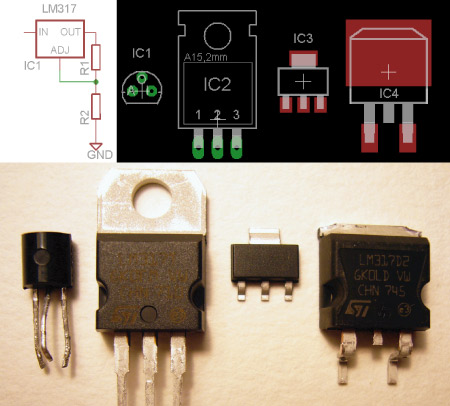
Download: buspirate.v0d.zip
Dallas/Maxim’s 1-Wire protocol is the most requested addition to the Bus Pirate. We finally got some 1-Wire parts, and today we’ll demonstrate the DS1822 1-Wire digital thermometer. Grab the datasheet (PDF) and follow along.
This post is accompanied by release v.0d of the Bus Pirate firmware for hardware version 0. This includes the new 1-Wire protocol library, more configuration options, and other improvements.
Continue reading “Parts: 1-Wire Temperature Sensor (DS1822)”
















